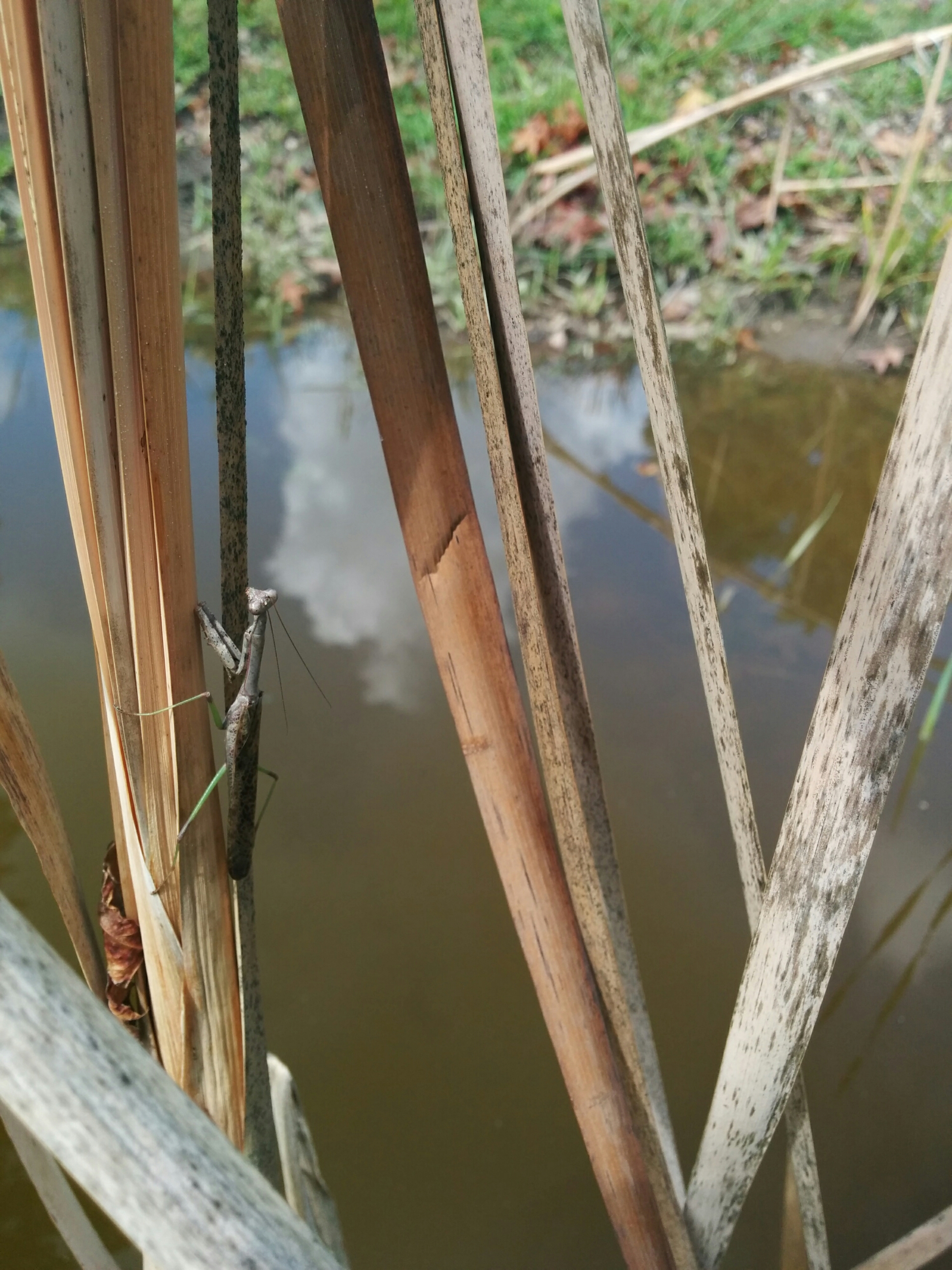Have you ever had finger-licking good pumpkin?
You might think that such a thing doesn't exist. Truthfully, I didn't either. I am disappointed by watery, slightly bitter squash every time I roast a pie pumpkin. I honestly usually enjoy the roasted seeds more than the pumpkin.
That is, until my farm friend Al from Stonefield Naturals gave me four heirloom winter squash to compare. Four deeply autumnal colored skins, four textures of flesh, four sizes of seed.
I took the variety to a potluck dinner. We scooped the oven-roasted squash plain to taste all the nuances of the flavors.
Long Island Cheese, the biggest squash, won every person's vote. The dusky sunset-colored skin yields fully cooked, deep orange flesh after a fourty-five minute roast in a medium oven. Buttery in texture and mildly sweet, the Long Island Cheese flavor embodies everything great about fall - warmth, richness, settling earthiness.
I shared cold puree with friends who couldn't believe I'd added no sugar, no fat, or seasoning. The Long Island Cheese is scrumptious all on its own. I couldn't help myself but lick my fingers as I pressed the roasted squash into jars for storage and I keep coming back to the fridge for spoonfuls.
You can bet I'll buy some more of these beauties from Al at the Worthington Indoor Farmers' Market before the season ends. They're going in my garden plan for next year too - Baker Creek caries the variety if you can't get your hands on seeds to save.
What's your favorite flavor these days?




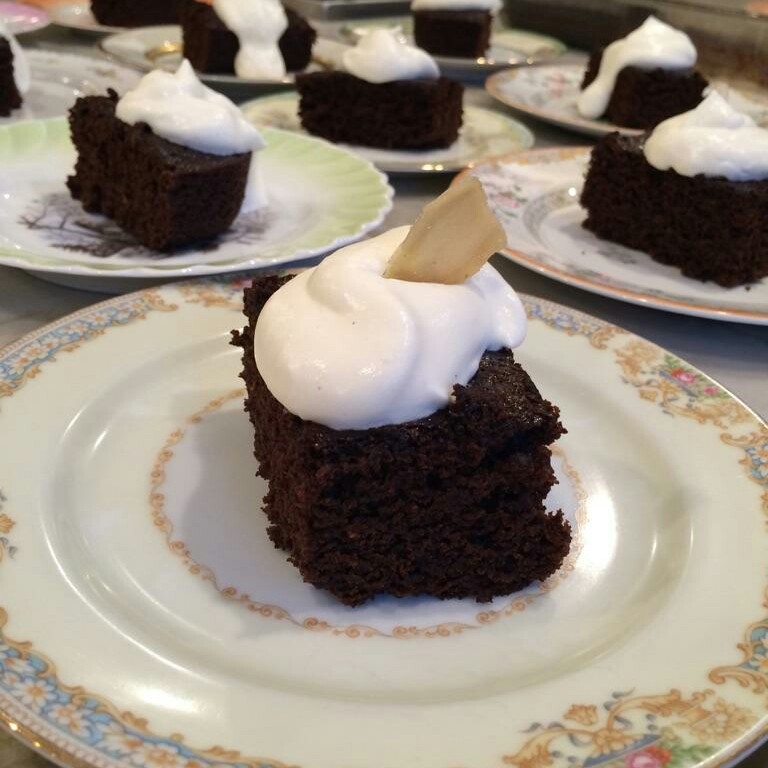
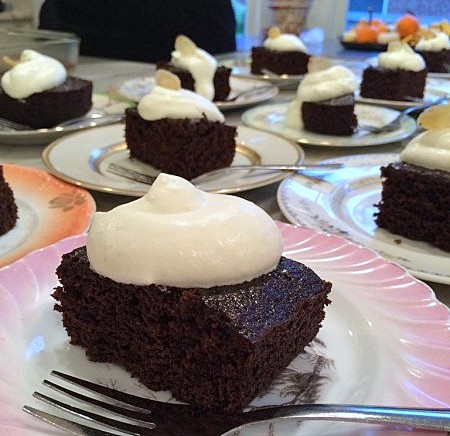
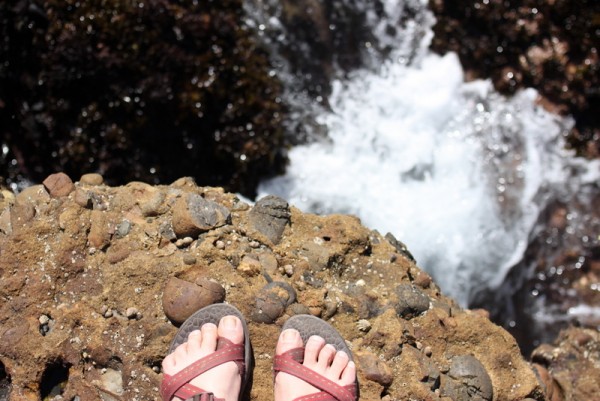
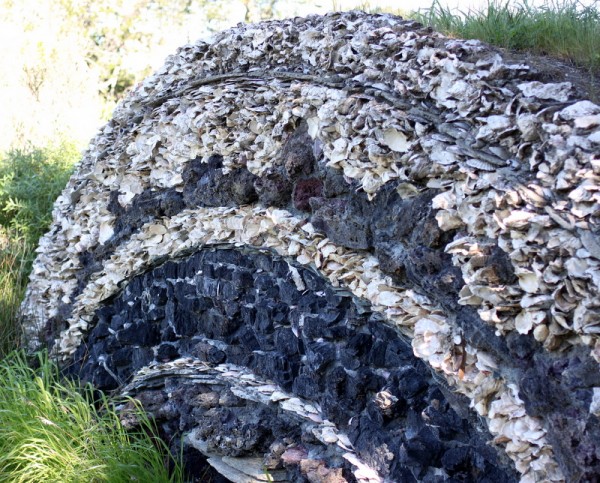
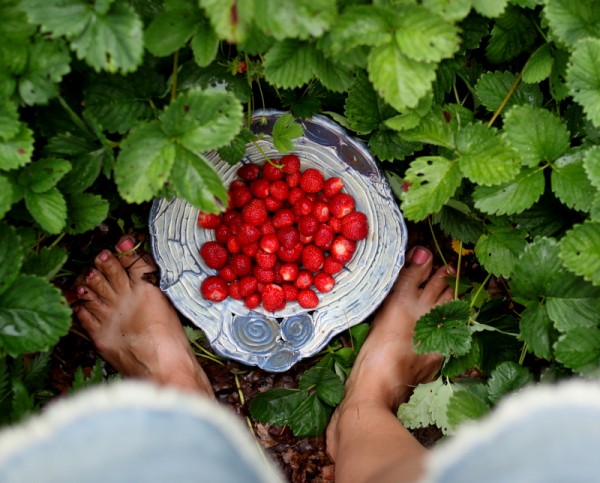
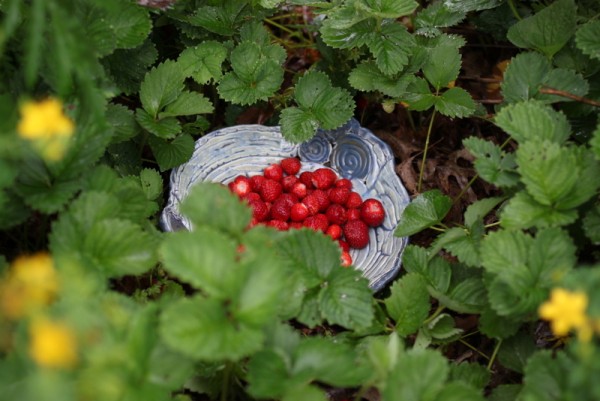
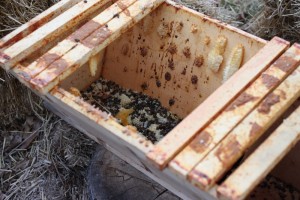
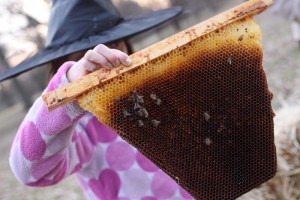
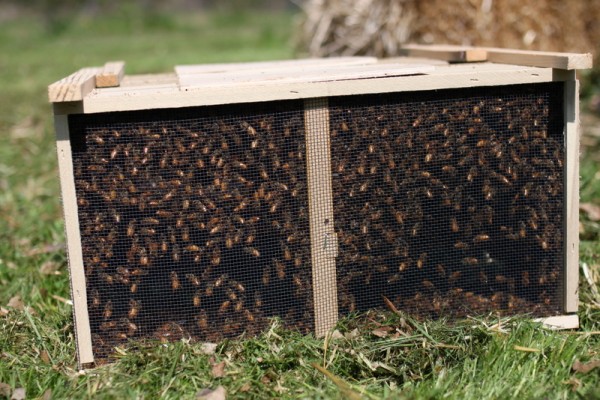
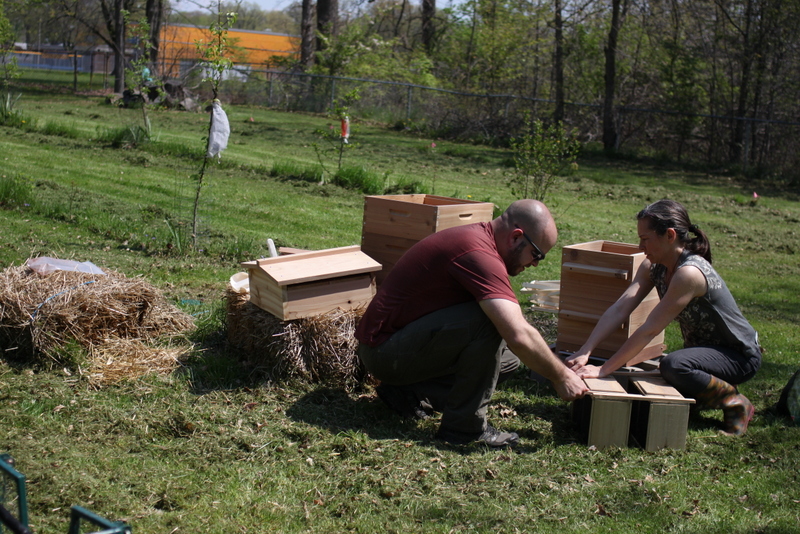
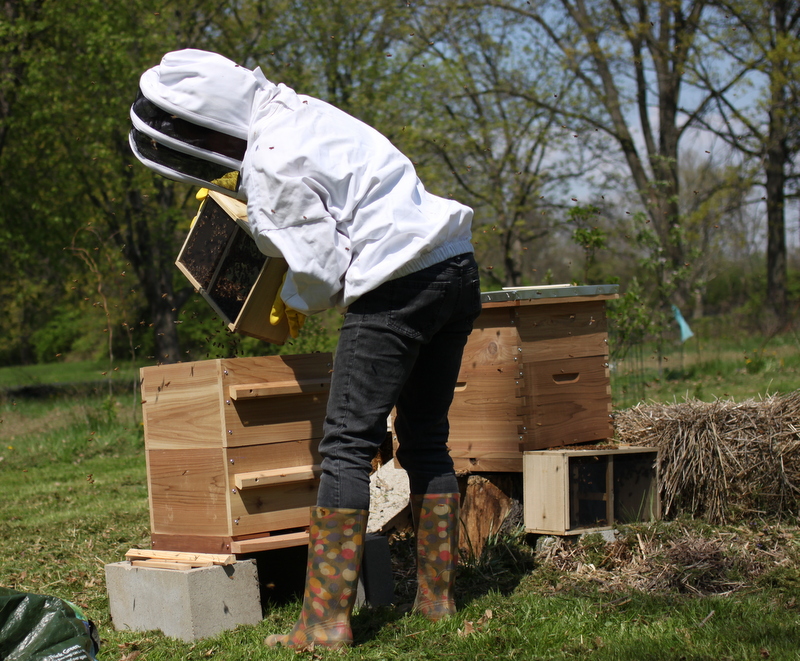
 When we moved here, our property was like a park. We enjoyed big, beautiful trees and bemoaned the excessive lawn. We watched a few species of birds and wild animals, large and small.
When we moved here, our property was like a park. We enjoyed big, beautiful trees and bemoaned the excessive lawn. We watched a few species of birds and wild animals, large and small.

